I’ve been writing about whisky a lot lately, and, after recapping my marathon string of distillery visits on Islay, the time feels right to present the second part of my beginner’s guide to single malt whisky. In part 1 I talked about the different styles of whisky and narrowed my subject matter to single malt Scotch whisky. In this part I’ll provide a summary of the process of making single malt whisky and explore where flavor is imparted to whisky in this process.
With little knowledge of single malt whisky (which I take to mean single malt Scotch whisky in this post), it’s just another brown bottle on the shelf, perhaps unfortunately lumped in with memories of bottom-shelf Bourbon hangovers in college. Taking time to understand the intricacy, craftsmanship, and time it takes to make single malt leads to deep appreciation of this mystical liquor. And mystical it is, for there is still wonder and confusion among distillers about where certain flavors come from. We care because the appreciation of single malt whisky is foremost an aesthetic pursuit, one that develops the senses of taste and smell. It’s a virtuous pursuit, too, as Richard Menary points out in his excellent essay, “The Virtuous Whisky Drinker and Living Well.”
On that note, here’s to virtue!
From Barley to Bottle: Making Single Malt Whisky
It begins from a grain. Specifically, barley and only barley. Central and northeastern Scotland are covered with barley fields that are harvested for use by distilleries in the production of whisky. Bourbon uses mostly corn, rye whiskey uses rye, and oats, wheat, spelt, and all other kinds of grain appear on mash bills at distilleries around the world. When it comes to single malt whisky, however, it’s 100% barley. Over the years, the whisky industry has selected strains of barley like Optic and Golden Promise that yield the most sugar during malting and mashing.
Once the barley is harvested, it needs to be malted before it can be used to make whisky. Most barley is sent to dedicated malting plants – it’s the most cost efficient choice – though a handful of distilleries (i.e., Highland Park, Balvenie, Laphroaig, Bowmore, Springbank, and Kilchoman) still retain malting floors for doing a small percentage of their own malting. Malting is the process by which the barley is steeped in water to initiate germination of the seed. Certain undesirable proteins in the kernel disappear and the starch is converted to sugar. To prevent the seed from growing and using up the sugar, the malted barley is then kilned, or heated, to stop germination.
[pullquote]…the appreciation of single malt whisky is foremost an aesthetic pursuit…[/pullquote]
At this point, the dried, sugar-packed malted barley is shipped to distilleries. Before it can be used, however, it needs to be milled down to a specific coarseness. Sugars will be lost if the barley isn’t milled enough; if it’s milled too much the resulting flour will clog up the mash tun. On the way through the massive, cast-iron mill, the barley is de-stoned and filtered of anything that’s not barley.
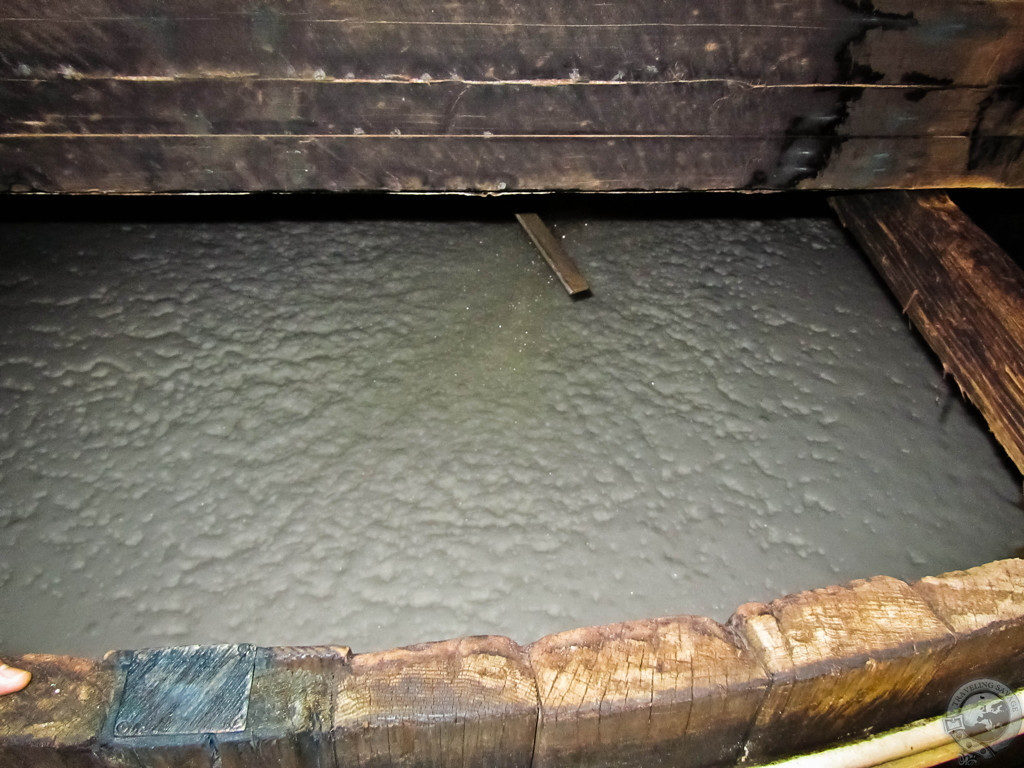
Milled malt is pumped into the mash tun and drenched with several hot water washes. At this point, distilleries are essentially making beer. The hot water dissolves the sugars in the barley and drains through the bottom of the mash tun into a holding tank. Each successive wash of water is hotter than the last, and arms typically comb through the mash during this process. Once all the sugar water, or wort, has drained from the mash tun, the leftover barley (now called draff) is scooped out and given to local farmers as livestock feed.
The wort is pumped into giant washbacks, which are basically giant barrels usually made out of Oregon Pine, where yeast is added and the process of fermentation begins. This step usually lasts a couple of days as the yeasts eat the sugar in the wort and convert it to alcohol. The action in the washbacks can be intense as the wort heats up, roils, and froths during the feeding frenzy. A high-strength beer, somewhere in the neighborhood of 10% ABV, is the result of fermentation.
Once the yeasts have died in the washbacks, the beer (aka “wash”) is funneled out to the stills. Scotch whisky typically follows a double distillation process where the wash is distilled in wash stills to a higher 20% ABV. This liquid, now called low wines, goes into the spirit stills and is distilled to a much higher alcohol percentage. The distillate from the spirit stills runs through a locked “spirit safe” where the stillman determines where to “cut” the flow. Only the middle part of a distillate is kept for aging in barrels; the beginning and end of the distillate are impure and sent back to the stills for further distillation with new wash.
The “heart” of the distillate, called “newmake spirit,” is filled into oak barrels for aging. Some of these barrels might mature for decades, some for just a few years. The strategy employed here varies by need, but all whisky must age for at least three years in oak barrels to be called Scotch whisky. These barrels might age in a traditional earthen-floored dunnage warehouse or in a modern racked warehouse.
Finally, when the time is right, whisky will be uncasked and bottled. To achieve a uniform character to their whiskies over time, a distillery will vat, or mixed together in a holding tank, several casks to create their signature flavor profile. This whisky is typically cut with fresh water to reduce its strength to between 40-46% ABV. Cask-strength whisky is becoming more popular and those whiskies omit this last step. Unfortunately, whiskies are often chill-filtered and colored to appeal to American tastes, but more often these days distilleries are choosing to eschew these practices.
All the Flavors of the World in a Glass
Between 200 and 300 flavor compounds can be detected in single malt whisky through chemical analysis. It’s a staggering number, and initially sobering to me when all I could detect was “sweet” and “smoke.” So where does all this flavor come from?
The vast majority of single malt whisky flavor comes from the wood of the barrel it was aged in. Most believe 50-70% of what we taste in single malt whisky comes from the barrel, and some go so far as to say drinking whisky is the appreciation of wood. Single malt whisky is typically aged in American Oak ex-Bourbon barrels or European Oak ex-Sherry butts. American oak yields a lighter whisky with vanilla, honey, citrus notes while European oak produces a darker whisky with dried fruit, spicy, leathery notes. Bourbon and Sherry aromas are also common. Distilleries also “finish” whiskies in other types of casks, for example Sauternes and Calvados, for a short period of time at the end of a single malt’s maturation to impart unique flavors and aromas. Other flavors and aromas associated with maturation include nuts, butter, resin, and pine.
The second most powerful flavoring element comes from peating the malted barley. Peat is a mud-like layer of earth composed of decomposing vegetation common throughout Scotland and used as heating fuel, especially on the islands. Peat burns at low temperatures for a very long time and gives off pungent smoke. When malted barley is dried over a peat fire, the smoke is imparted into the grain and adds a smokiness to the final product. Islay whiskies are renowned for their smokiness while most Speyside whiskies are completely unpeated.
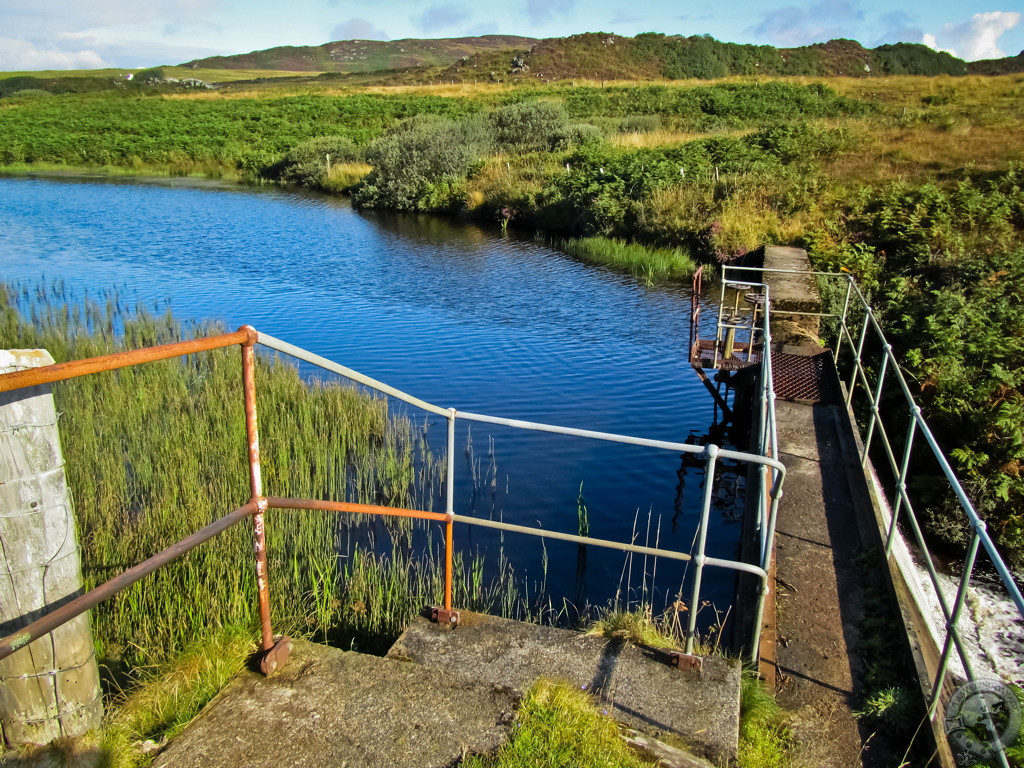
The final most significant flavor-makers are the stills themselves. Stills are always made of copper, which does a particularly good job removing impurities and nasty flavors like sulphur. The more copper contact the spirit has as it’s distilled, the more pronounced certain flavors will become. For example, stills are known to impart floral, grassy flavors and aromas, estery notes (fruity, fragrant, gummy, rubbery), and feinty notes (leather, tobacco, shoe polish). Tall stills yield lighter, more delicate newmake spirit while short stills, which have less copper contact, produce a heavier, oilier spirit.
There’s contention about how much water and barley alter the flavor of whisky. Each distillery has its own private water source, but the water is filtered and boiled before it becomes whisky. Check out this great video series for more insight on how water affects whisky. One or two strains of barley are used by all distilleries, so there’s very little differentiation there.
* * * * *
Much more could be said about both the process of making single malt whisky and the flavors of the dram in your glass, but I hope what you’ve read here has piqued your interest to give single malt whisky a shot (or another shot). In part 3 of this series I’ll talk about optimal ways to experience single malt whisky’s aesthetic virtues. Sláinte! Continue on to part 3.

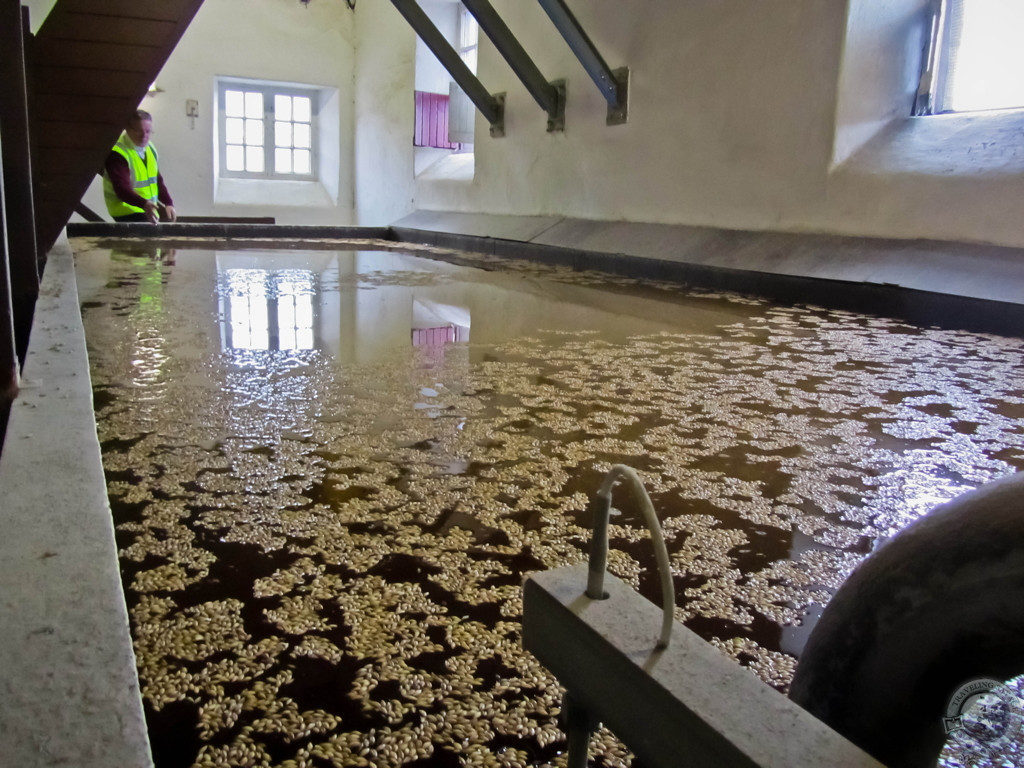
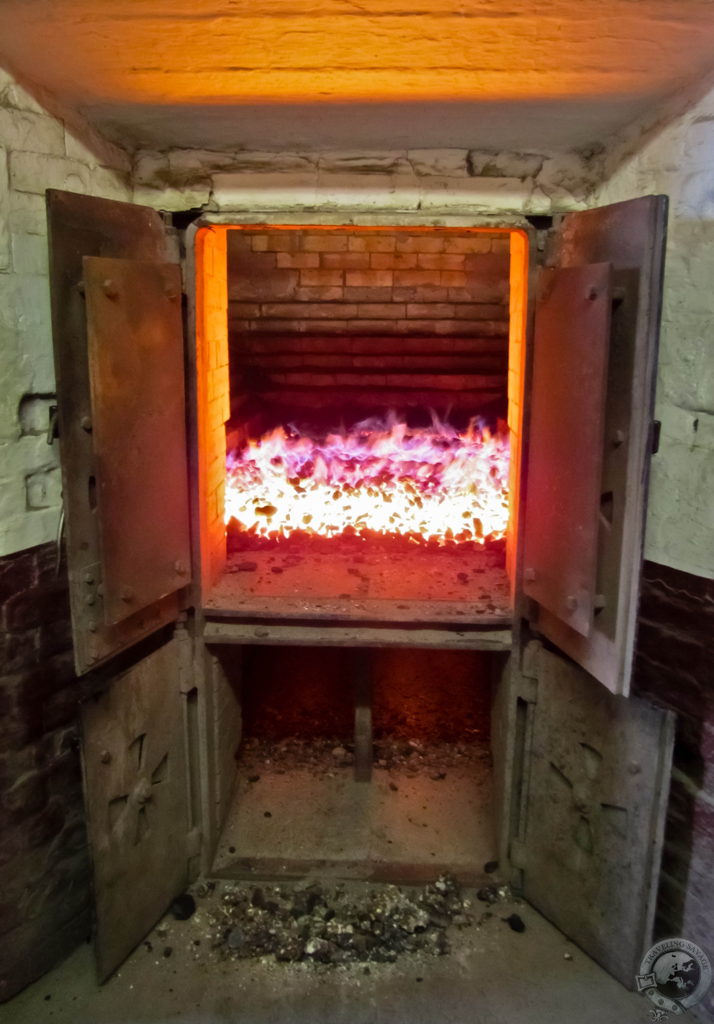
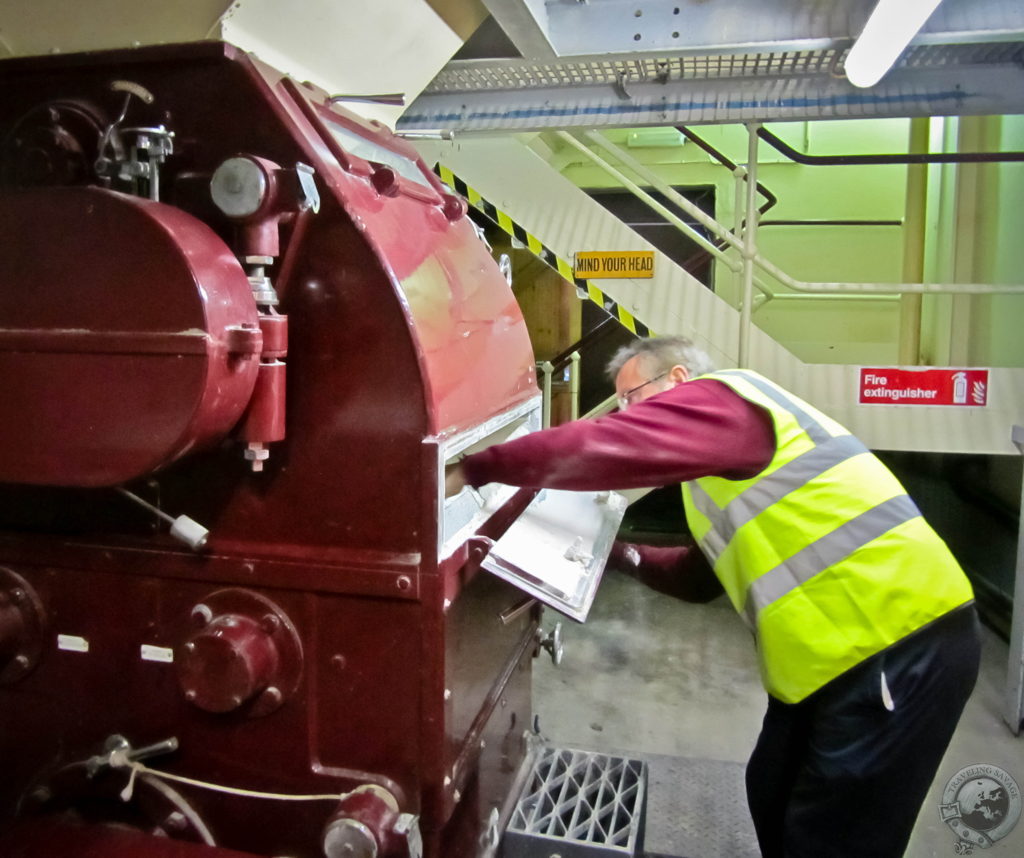
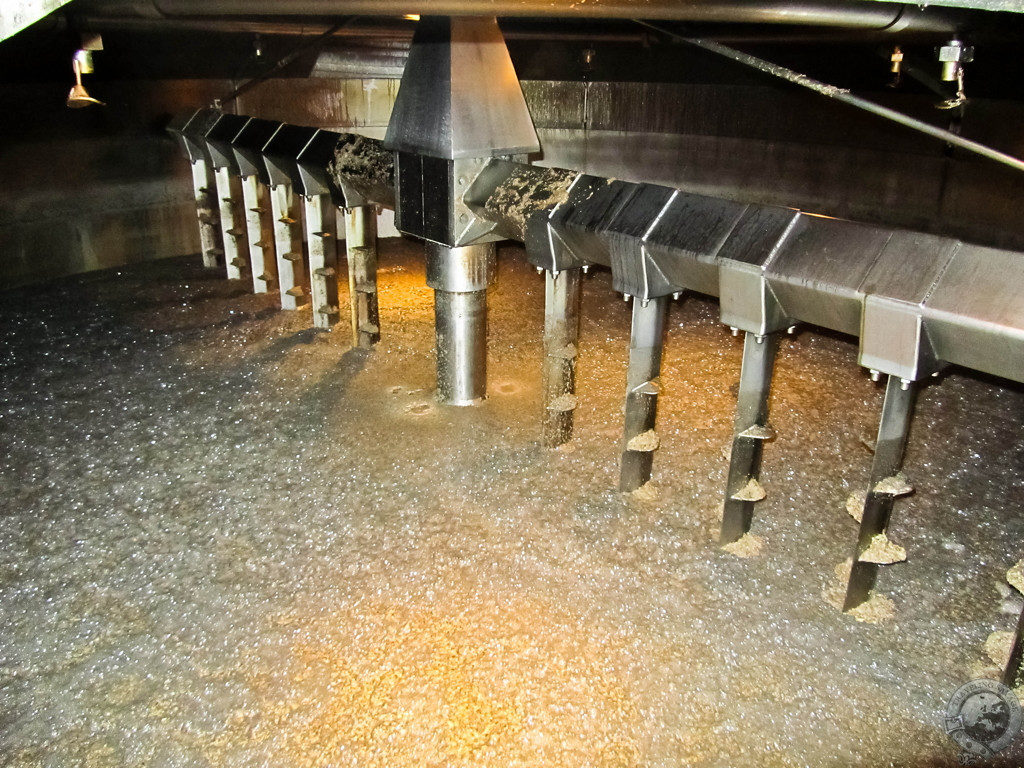
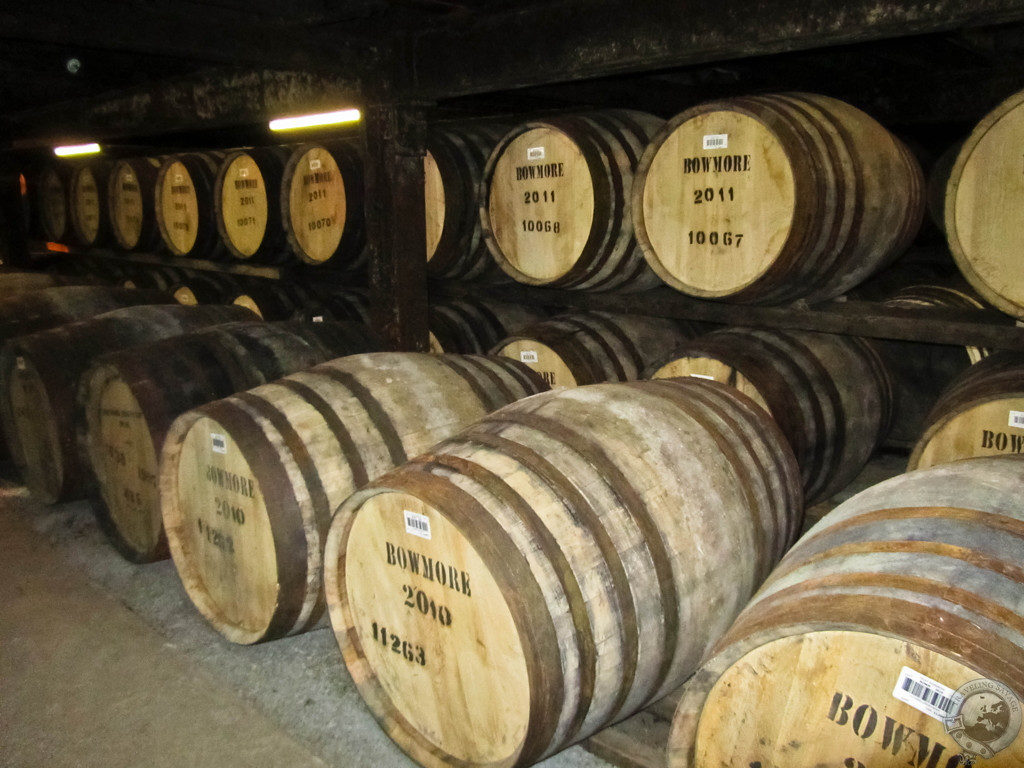
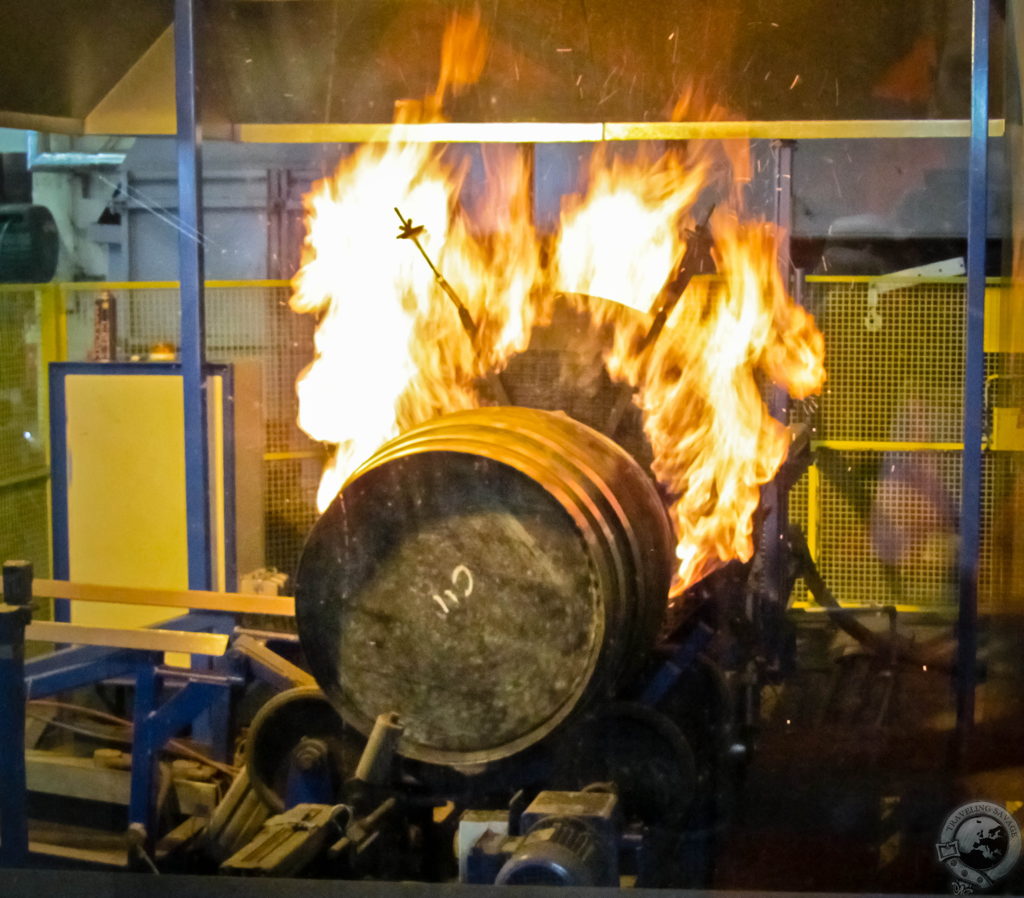
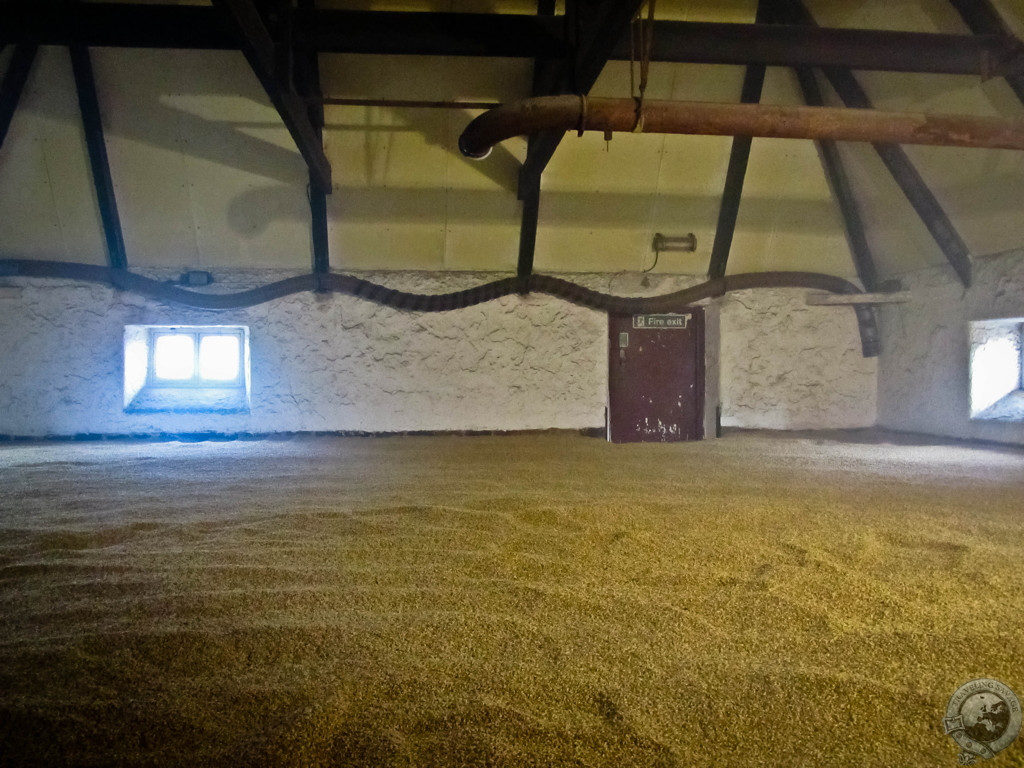
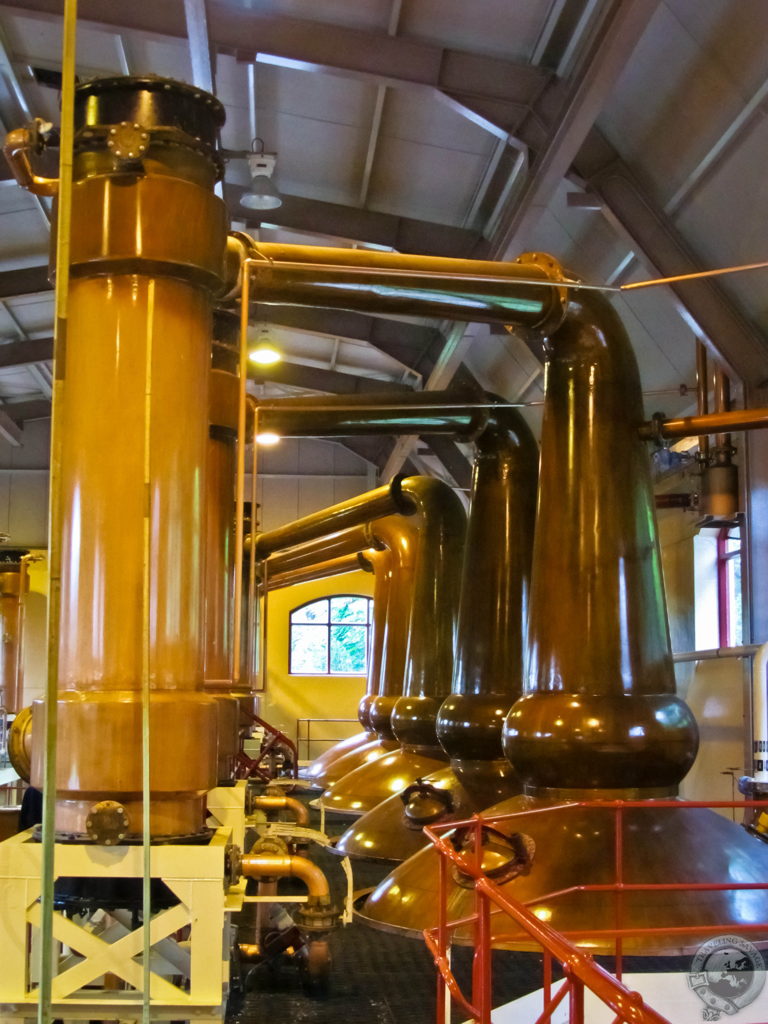
Great post, Keith. You’re a Professor of Whisky in the College of Life. Slainte mhor!
“I’ve been writing about whisky a lot lately” and I thank you for it. 🙂 I can’t believe those process… well I always expected that would be hard and difficult, but wow. I know the differences in taste of different alcohols but never knew the process. Interesting read! My visit to breweries in New England region in USA was a great experience to witness those process as well.
Hey Juno, whisky distilling and beer brewing share a remarkable number of processes. I once read that most people know Brandy is distilled wine, but most people don’t know whisky is distilled beer. These days whisky and beer are intermixing in interesting ways: beers aged in whisky casks and whisky aged in beer barrels. The spirits industry is highly creative right now!
A bit off topic maybe, but I wonder if the awesome variety (and general tastiness) of whisky available to the consumer is in some part due to the fact that they must be aged for 5, 10, 15, 20 years. As a business, the necessity of this aging time makes it difficult to catch simplistic fads and trends in the market (ie, peaty vs non-peaty) and so distilleries are more inclined to develop unique flavors and, simply, quality. Unable to predict what the dominant preference will be 15 years from now, the better model is just to make something undeniably good and interesting. But I guess this would seem not to apply to beer (itself available in very good variety and quality in most parts of the US), which takes well less than a year to make.
Great, informative post! Thanks for sharing. 🙂
It’s amazing how some whisky has a distinct sense of place. Interesting and beautifully written post.